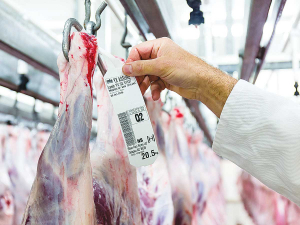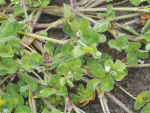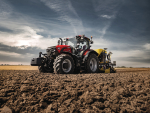NZ sheep and beef farmers achieved a lower lambing percentage in 2019 than in 2018, according to the latest Lamb Crop 2019 report.
B+LNZ’s Economic Service estimates the number of lambs tailed in spring 2019 decreased by 2.4% or 552,000 head on the previous spring to 22.7 million head.
However, 2018’s lamb crop was a record. Most of the decline occurred in the South Island. The lower number of lambs is also expected to reduce the volumes processed for export in the first quarter of the 2019-20 season – from October to December.
Last year’s lambing percentage was 127.1% -- 1.5% lower than in spring 2018. This means 127 lambs were born per hundred ewes, compared with an average of 123 over the prior 10 years.
Andrew Burtt, chief economist of B+LNZ’s Economic Service, says the record high lambing percentage achieved in 2018 was always going to be difficult to match – with particularly favourable conditions that year.
However, he was a little surprised by some of the regional declines in 2019 and says it is a reminder of the natural systems that farmers have to work with.
“2018’s result was such a fantastic achievement that proved farmers were efficient and doing more with less.” Burtt explained.
“It was always going to be difficult to set another record. But the South Island, and Otago in particular, really struggled in 2019 due to drier conditions leading to lower feed availability,” he says.
Lambs from ewe hoggets also fell in 2019, as fewer ewe hoggets were mated last year.
Meanwhile, the number of adult sheep processed is expected to increase 9.2% from 3.4 million head in 2018-19 to 3.7 million head in 2019-20.



















